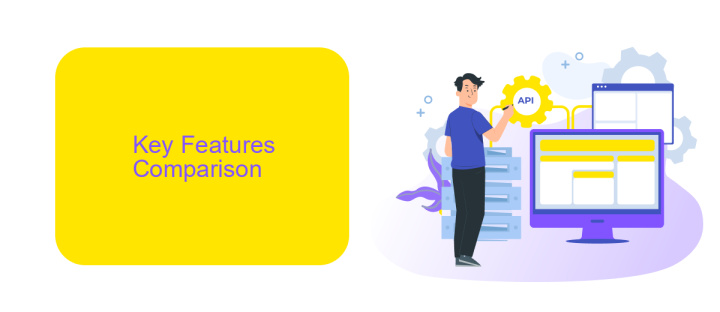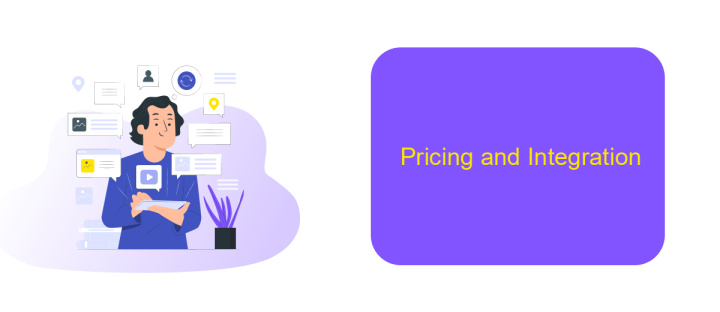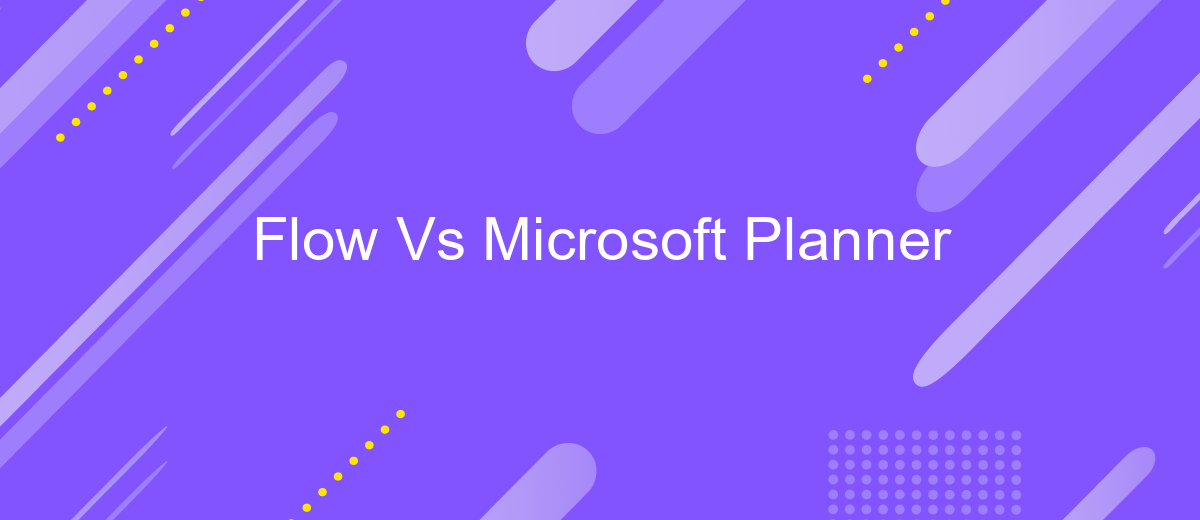Flow Vs Microsoft Planner
When it comes to project management and task organization, choosing the right tool can make all the difference. Flow and Microsoft Planner are two popular options, each offering unique features and benefits. This article delves into a comparative analysis of Flow vs. Microsoft Planner, helping you decide which tool best suits your team's needs and workflow preferences.
Introduction
In today's fast-paced business environment, effective project management tools are essential for maintaining productivity and ensuring seamless workflow. Microsoft offers two powerful solutions: Flow, now known as Power Automate, and Microsoft Planner. Each tool is designed to streamline different aspects of project management and task automation, making it crucial to understand their unique features and benefits.
- Microsoft Flow (Power Automate): Automates repetitive tasks and integrates various applications.
- Microsoft Planner: Provides a visual task management interface for team collaboration and project tracking.
Choosing between Flow and Planner depends on your specific needs and workflow requirements. While Flow excels in automating complex processes and connecting multiple services, Planner focuses on simplifying task management and fostering team collaboration. For those looking to enhance their integration capabilities, services like ApiX-Drive can further streamline the process, enabling seamless connections between different platforms and tools. By understanding the strengths of each solution, you can make an informed decision to optimize your project management strategy.
Key Features Comparison

When comparing Flow and Microsoft Planner, it's essential to look at their key features. Flow offers a highly customizable task management system with advanced project tracking, real-time collaboration, and detailed reporting tools. Its user-friendly interface allows teams to create, assign, and monitor tasks with ease. Additionally, Flow integrates seamlessly with various third-party applications, enhancing its functionality and allowing for a more streamlined workflow.
On the other hand, Microsoft Planner is deeply integrated with the Microsoft 365 ecosystem, making it an excellent choice for organizations already using Microsoft's suite of tools. It provides a straightforward, kanban-style board for task management, enabling teams to visualize their work effectively. Planner's integration with other Microsoft services like Teams and Outlook ensures smooth communication and scheduling. While both tools offer robust features, the choice between them may come down to specific needs and existing software infrastructure. For those seeking additional integrations, tools like ApiX-Drive can facilitate seamless connections between different platforms, enhancing both Flow and Microsoft Planner's capabilities.
Collaboration and Communication

Effective collaboration and communication are crucial for any team. Microsoft Planner offers a comprehensive platform for team collaboration, providing features like task assignments, due dates, and progress tracking. It integrates seamlessly with other Microsoft 365 apps, allowing for a unified workflow and easy sharing of documents and updates.
- Task Assignments: Assign tasks to team members and set due dates.
- Progress Tracking: Monitor the status of tasks and projects in real-time.
- Integration: Connect with Microsoft 365 apps for a streamlined experience.
Flow, on the other hand, focuses on automating workflows and enhancing communication through integrations. Using services like ApiX-Drive, Flow can connect multiple apps and platforms, ensuring that information flows seamlessly across different tools. This automation reduces manual work and enhances team efficiency. Both tools offer unique advantages, but the choice depends on your specific collaboration and communication needs.
Pricing and Integration

When comparing Flow and Microsoft Planner, pricing is a significant factor to consider. Flow offers a variety of pricing plans, including a free version with limited features, and premium plans that provide advanced functionalities. Microsoft Planner, on the other hand, is included with most Office 365 subscriptions, making it a cost-effective choice for businesses already using Microsoft's suite of tools.
Integration capabilities are another crucial aspect. Flow integrates seamlessly with numerous third-party applications, enhancing its usability across different platforms. Microsoft Planner also offers robust integration options, particularly within the Microsoft ecosystem, allowing for smooth collaboration with tools like Teams, Outlook, and OneDrive.
- Flow: Free version available; premium plans with advanced features.
- Microsoft Planner: Included with most Office 365 subscriptions.
- Flow: Extensive third-party app integrations.
- Microsoft Planner: Strong integration within the Microsoft ecosystem.
For businesses looking to streamline their workflow through integrations, services like ApiX-Drive can be incredibly useful. ApiX-Drive enables seamless integration between various applications, ensuring that data flows smoothly and processes remain efficient. This makes it easier to leverage the strengths of both Flow and Microsoft Planner, depending on your specific needs.
Conclusion
In conclusion, both Flow and Microsoft Planner offer robust project management solutions tailored to different needs. Flow excels in providing a highly customizable and visually intuitive interface, making it an excellent choice for teams that prioritize flexibility and detailed task management. On the other hand, Microsoft Planner integrates seamlessly with the Microsoft 365 ecosystem, offering a straightforward and efficient way for teams already using Microsoft's suite of tools to manage their projects.
For those looking to enhance their project management capabilities further, integrating these tools with other services can be highly beneficial. ApiX-Drive, for instance, allows seamless integration between Flow, Microsoft Planner, and a multitude of other applications, enabling automated workflows and data synchronization. This can significantly streamline processes and improve overall productivity. Ultimately, the choice between Flow and Microsoft Planner will depend on your specific requirements, existing toolsets, and the level of integration needed to optimize your workflow.
- Automate the work of an online store or landing
- Empower through integration
- Don't spend money on programmers and integrators
- Save time by automating routine tasks
FAQ
What is the primary purpose of Microsoft Flow (now known as Power Automate) compared to Microsoft Planner?
Can Microsoft Flow and Microsoft Planner be used together?
How do I automate tasks between different applications and Microsoft Planner?
Is it possible to track project progress using Microsoft Flow?
What are the benefits of using an automation platform with Microsoft Planner?
Apix-Drive will help optimize business processes, save you from a lot of routine tasks and unnecessary costs for automation, attracting additional specialists. Try setting up a free test connection with ApiX-Drive and see for yourself. Now you have to think about where to invest the freed time and money!


